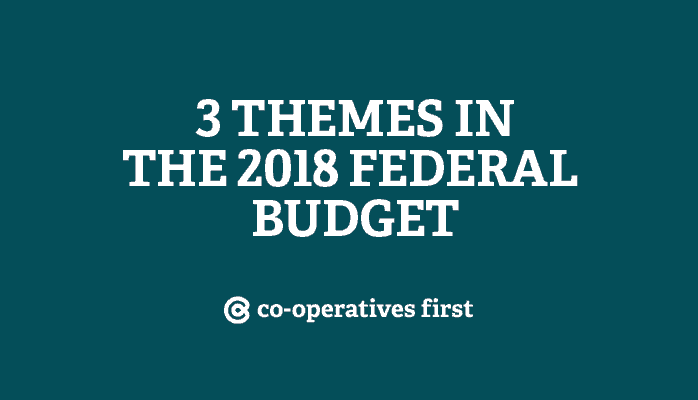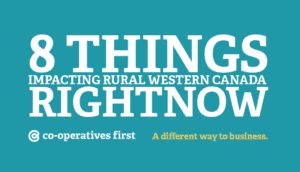The federal government has released its budget for fiscal year 2018, Equality and Growth: A Strong Middle Class. While many commentators, pundits, and partisans focus on the Liberal Party’s deficit spending or broken promises, there are other ideas to take away from the document.
Besides distributing funds and communicating priorities, budgets also tend to reflect (and bring attention to) the issues of the day and trends affecting the day-to-day lives of Canadians. Here are three themes we noticed in Budget 2018:
Inequality in the workplace
Where last year’s budget buzzword was innovation, this year’s budget focuses on gender and women’s rights – in fact, the word ‘gender’ was mentioned 358 times. What this does is highlight the inequality and hostility women can encounter in the workplace. In Budget 2018, the federal government has committed to addressing pay equity and a variety of other work-related barriers for women.
We recently explored how boards can benefit from increased diversity. Reaching out to women and encouraging them to fill board positions is one way to do this. Encouraging new perspectives in the governance of a co-op can lead to innovative approaches and better reflect the people it serves.
A lack of export and trade diversity
Investments in Canada’s export market reflect the continued importance of increasing trade and diversifying (or adding value to) exports. The massive super cluster program receiving direct support from the federal government is the most obvious example. The feds hope these concentrations of industry activity will focus and refine Canada’s work in strategic sectors of the economy.
In western Canada, international trade is always top of mind. The core of our (and by extension much of Canada’s) economy depends on crops, cattle, potash, lumber, oil and other raw products making it to international markets. The co-operative model is well suited to build upon this environment, offering a platform for producers to collaborate and invest in value-added processes that capture opportunity and increase trade and export diversity.
Cost of living is rising
Budget 2018 also points to some challenges faced by everyday Canadians. The budget introduces policies around pay equality, pharmacare, and parental leave and enhances programs for parents and low income earners. This, coupled with minimum wage increases across the provinces, reflects cost of living increases and the stress this puts on working class Canadian families.
As an alternative or supplement to earning wages, the worker co-operative model offers employees a platform to take on ownership roles. Canada’s looming succession planning challenges highlight the opportunity for more employee buy-outs of businesses, and this could provide working Canadians greater control over their income and benefits.

 Written by
Written by 



